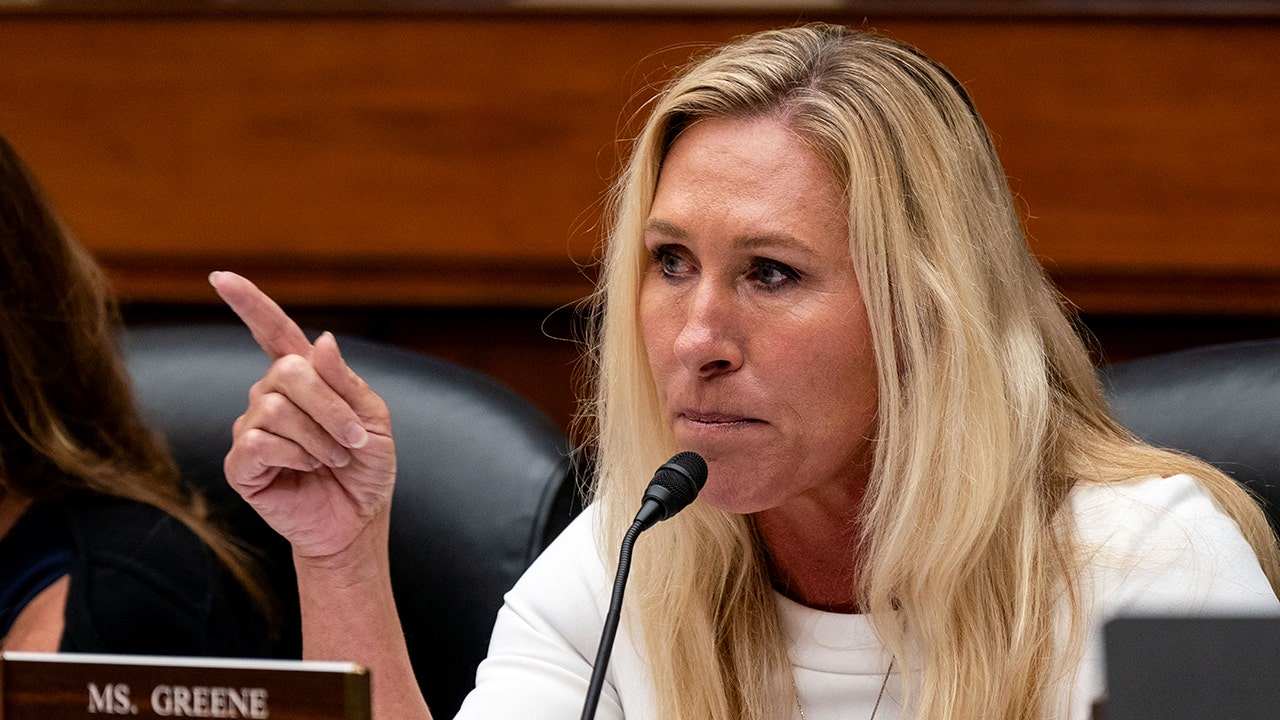Every year, the Utah Pride Festival is filled with seemingly healthy, happy young members of the LGBTQ+ community, celebrating life and looking ahead to the future.
There’s no demographic data about those who attend, but a quick look around will tell you that the crowd at the parade and the festival skews young. As does the staff and clients at the Utah Pride Center, which sponsors the festivities. The center does what it can for older members of the community, but it’s not set up to provide for all the needs of senior citizens.
And the needs of senior gays and lesbians are particularly acute as they get older. While many straight seniors have children and other relatives to help care for them, that’s not true for many of the older members of the queer community.
According to Sage, an advocacy group for LGBTQ+ seniors, members of the queer community are twice as likely to age alone, and four times as likely to be childless.
Senior gays and lesbians came of age in a time when it was difficult — both legally and socially — for them to become parents. According to the Pew Research Center, about 70% of straight adults ages 55+ are parents; fewer than 30% of gay adults 55+ have children. And, according to Sage, 54% receive elder care from a partner, and 24% receive elder care from a friend.
Many end up falling through the cracks. In Utah, gay icon Joe Redburn — a longtime talk radio personality who opened two gay bars, helped start the first Utah Pride Festival and received a lifetime achievement award from the Utah Pride Center — died in a homeless shelter in 2020. He had no family or support system to care for him.
(Leah Hogsten | Tribune file photo) Utah gay icon Joe Redburn — seen here receiving the Utah Pride Center’s Lifetime Achievement Award in 2008 — died in a homeless shelter on Sept. 22, 2020, at age 82. His death pointed out the limited resources often available to elderly LGBTQ+ people.
Elder care is not a problem unique to the LGBTQ+ community, but it is more acute. While just 6% of straight adults have provided elder care to friends, 21% of LGBTQ+ adults have done so, according to Sage. And those caregivers are “more likely to be doing so in isolation and tend to have poorer mental and physical health.”
“Seniors are usually people whose needs are not being taken care of,” said Rosa Bandeirinha, communications director for the Utah Pride Center. “I think, in general, the society that we live in is not one that values seniors or values age, like other cultures do.”
Helping people find help
“A lot of people look at the name ‘Utah Pride Center,’ and the festival and parade we put on, and they’re, like, ‘Oh my gosh! They’re this huge organization with all of this money at their disposal,’” said Brittany Martinez, the center’s adult programs manager. “And it’s 20 of us doing the best that we can with what little money we do have.”
With its limited resources, the Utah Pride Center cannot be everything to everyone. It doesn’t provide homeless, housing or medical services — but staffers do work with other nonprofits and government agencies to find those services for its clients.
“I mean, we wish we could do everything for everyone,” Bandeirinha said. “But there are other great organizations that complement each other. We all complement each other’s work.”
The center assists community members obtain medical insurance, get vaccinated, and can help them find “whatever kind of doctor you’re looking for,” Bandeirinha said. “We refer people to any resources that we have been able to vet, so that we know that they’re safe for the population.”
And that’s important to the LGBTQ+ community. According to Sage, about one in five members of the community avoids medical care because of fear of discrimination. About two out of three have been victimized in employment and health care situations at least three times. And victims are more likely to have poor health outcomes.
According to Sage, 9% of gay, lesbian, bisexual and queer people report that a health care provider “used harsh or abusive language while treating them.” Among transgender people, that number rises to 21%.
Senior housing is hard to find
Almost half of LGBTQ+ seniors have reported “adverse treatment” when they seek senior housing. About a third said they feared they’d have to go back in the closet to find senior housing.
Utah Pride Center staffers help seniors find housing, and help senior housing staffers learn how to help LGBTQ+ clients.
“We can train other organizations to become queer-friendly, and to become LGBTQ-affirming,” Bandeirinha said. “That would, for example, be super-helpful in long-term care facilities for seniors and memory care places and homeless shelters.”
In many homeless facilities, people are divided by sex and not by gender, “and those are not safe environments,” Bandeirinha said, “so it might be safer to live on the street than to go to one of those places.”
Utah Pride Center programs
Although much of emphasis at the center is on programs for younger people, the older generations are not ignored. There are a couple programs specifically aimed at seniors, including:
• Silver Pride Senior Drop-In, for people ages 50+. No registration or sign-up is required — just show up Mondays from 2 to 4 p.m. “They can come and hang out here, get together, get to know each other, use the computers, read or chat, use our kitchen, prepare something just to have social time together,” Bandeirinha said.
• Sew Much Pride, an arts program provided in partnership with the Utah Museum of Fine Arts. (Check the website, utahpride.org, for more information.) “Every quarter, they put on an art workshop for our seniors over 55. And they provide everything,” Martinez said. “The grant provides services, transportation to the class if they need that. Some extra goodies” and “a yearlong membership to the Utah Museum of Fine Arts after completing the workshop, which is really great.”
Martinez was quick to point out that seniors are welcome at every program the center sponsors, with the exception of those designed for kids and teens under the age of 18.
“All of the adult programs that we host — all the support groups, all the social clubs— they’re 18-plus, so those are available to seniors as well,” Martinez said. “They are more than welcome to come to any one of the adult programs that we offer.”
And there’s a long list of adult programs, including support groups for gay men, lesbians, queer people of color, trans and binary people, bisexuals, pansexuals, people in recovery and people who are neurodivergent. Legal aid is available. The center also provides counseling and suicide prevention services.
And there are purely social groups, like trivia nights, game nights and sack lunches.
The hope is that the Utah Pride Center’s programs will “fight isolation” and “create a social network for seniors,” Bandeirinha said. “That happens a lot in any age of our population. Isolation is increasing and loneliness is increasing. But of course, in the older populations, that happens even more. And COVID didn’t help.”
The center’s goals include not just providing counseling and helping with medical care and housing, but building a sense of community. And, hopefully, support for seniors is part of that.
In the midst of the pandemic, there was high demand for support groups and therapy, Martinez said. “But now, the need for social interaction has come up a lot more,” Martinez said. “And so people want to do gatherings, they want to do fun things. Less of the support stuff and more of the social interaction.”
The demand for that has taken a big upturn since pandemic lockdowns nearly shut the Utah Pride Center down. “Now that we are post-COVID, our support group numbers are the highest they’ve ever been,” Martinez said.
The number of attendees ranges from 15 to 40 for the various programs. The group that consistently draws the most people is the transgender and non-binary support group, which draws 25 or more people to meetings.
“We’re running out of space. And because we have so many more support groups — we have two to three a night — we’re running out of rooms to put everybody,” Martinez said. “And because we’re moving out of this phase where people want online support and they want more social interaction or in-person interaction, we have to accommodate for the size of [the groups] that are coming in person.”
More can be done
The Utah Pride Center is providing what services it can for seniors, “but there could be more services for our older population, for sure,” Bandeirinha said.
Martinez said that under better circumstances — with more funding. — the center would be able to provide older members of the LGBTQ+ community with transportation to medical appointments, in-home care, meals and transportation to the center for various functions.
“A lot of that without funding is a little bit harder,” she said. “There’s liability that you have to pay for riders. And you want to make sure that they feel comfortable, and we’re meeting them where they’re at. And that gets a little bit harder without funding.”
A lack of funding — the center’s annual budget is about $4.2 million — is the limiting factor in pretty much everything the Utah Pride Center does.
“When we look ahead at our senior program,” Bandeirinha said, “I think that what we see is that we need to build capacity, and we need to grow capacity. And that means better space and more staff and, of course. More training for everyone. And more funding.”
“Always,” Martinez said.























/cdn.vox-cdn.com/uploads/chorus_asset/file/25784220/247333_EOY_Package_Check_In_CVirginia_PODCASTS.jpg)











/cdn.vox-cdn.com/uploads/chorus_asset/file/23951353/STK043_VRG_Illo_N_Barclay_3_Meta.jpg)
/cdn.vox-cdn.com/uploads/chorus_asset/file/24924653/236780_Google_AntiTrust_Trial_Custom_Art_CVirginia__0003_1.png)




